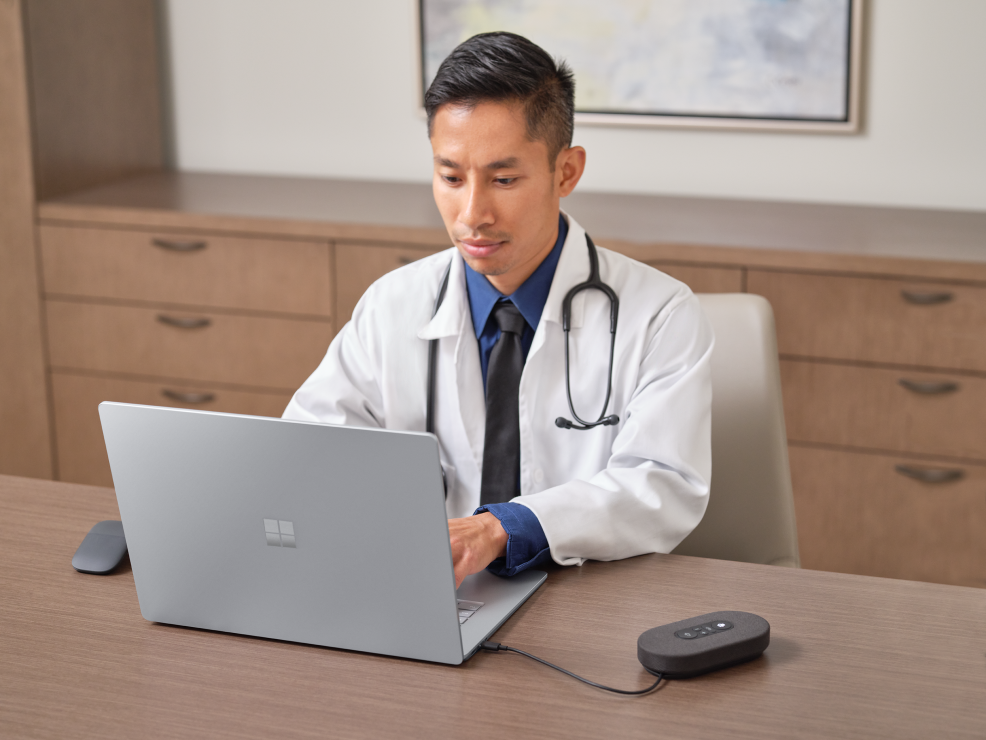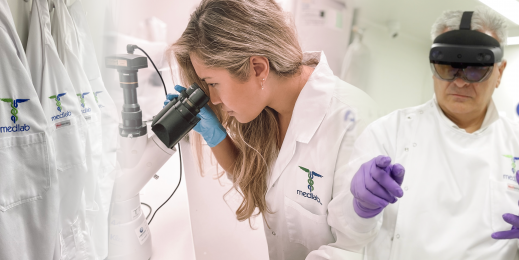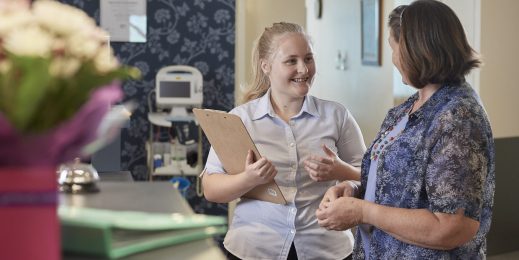
DPV Health takes security first approach to accelerated transformation
Victoria’s DPV Health had an approved digital modernisation plan to transition to Microsoft Teams when the pandemic struck. It meant that when it had to quickly pivot to offer remote working opportunities and telehealth services, the digital guardrails were in place, allowing a rapid and safe transition.
Spanning 20 locations, DPV Health provides a diverse range of services through a mix of GP clinics, dental clinics, disability services as well as mental health and Allied Health services including podiatry and physiotherapy.

Noel Toal, CIO, explains that the pandemic lockdowns meant that more than four out of five DPV Health staff had to start working from home and to deliver a range of telehealth services. To ensure everyone stayed connected he asked everyone first to download the Microsoft Teams app on their mobile phones, and to use Yammer for general communications.
It meant DPV Health executives and leaders could stay in touch with staff, and service units could form their own Teams sites to connect and collaborate from the get-go.
Noel also arranged for about 100 people to get access to Microsoft Teams Calling – allowing them to pick up calls wherever they were working, staying in touch with clients and one another.
Because it wasn’t possible to run a traditional change management program without face-to-face training, Teams was also used to teach people how to operate all the technology needed in this ‘new normal’.
When it became clear that the need to work remotely would last a while, DPV Health raced to equip people with laptops they could use at home, and find a way for them to safely access DPV Health systems using their own devices.
Safety first
Working with Microsoft partner, Arinco, and mindful of the need to ensure the security of DPV Health data, Noel deployed Intune to manage remote devices – around 400 in total– and also created a Windows Virtual Desktop environment through which staff could access DPV Health applications safely from their own home devices. An E5 Security License provided additional access to a broad range of Microsoft security services such as intelligent multi factor authentication, geo-blocking and real-time automated security responses across a wide range of platforms and attack vectors
“That reduced the risk enormously,” says Noel. “We did speak to the Department of Health cybersecurity team, and their advice was ‘that’s what you need to do. You have multi factor authentication, you have conditional access. You do the geo-blocking. We probably dealt with 90 per cent of our issues right there.’
“We have gone ahead with two security audits. One of the auditors in a report that went to the board, said they’ve never seen any organisation have such a dramatic uplift in cyber security in such a short space of time.”
“Quite frankly, we wouldn’t have achieved that if we were trying to put in multiple different vendors’ products.
The fact that we had decided we’d standardise on the Microsoft Technology Stack just made that a lot easier.

Account Manager, Peter Royal, Arinco stated that “Having worked with the DPV Health team for some time, Arinco were well positioned to continue supporting them when the pandemic hit and the going got tough. Through being a part of the strategic thinking early on, we were able to help prioritise the activities that were going to have the maximum impact to frontline workers and ensure that Noel’s team were given the tools they needed, at a time when they were under immense pressure.”
Noel wants to continue to build the organisation’s security muscle and has added Azure Sentinel to the modernisation roadmap, along with a planned connection to a Department of Health run Security Operations Centre.
Peter Royal, also added “The outcome of working as a combined team was always going to benefit the staff working from home and, therefore, the community. We thoroughly look forward to working with DPV Health on their transformation journey well into the future, knowing where the vision is looking to go.”
Ongoing innovation
Getting the organisation up and running was a case of scurry not stroll – but with the modernisation plan already developed and approved – there was a sound underlying strategy to follow.
Once the dust settled on getting everyone set up to work from home, Noel was able to continue with the planned modernisation and deployed Dynamics 365 and started to create a data lake that the organisation can analyse for insights.
“We’re probably less than six months away from completing the move to the Data Lake with everything in it, but we’ve already started to use some of the Microsoft Cloud platform. So we’re already using the analytics component and the AI component to do some impressive and actionable predictive analytics.”
I think that AI part – that’s really going to be a transformation. We can drive down fail-to-attend rates just by being a lot better with understanding our clients’ requirements for an appointment.
“Then we are going to use the Machine Learning analytics model that we’ve developed and the ongoing work we’re doing to help drive how we improve the access to our services.”
As that links to the Dynamics CRM with its much richer client information, Noel believes there is the opportunity to transform client experience, ensuring DPV Health remains a secure step ahead.








